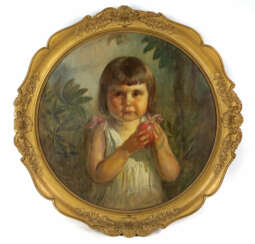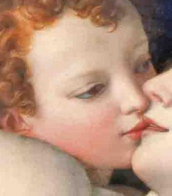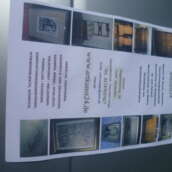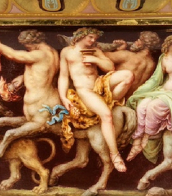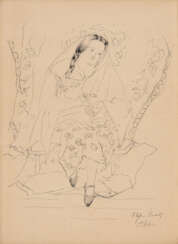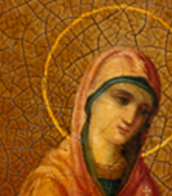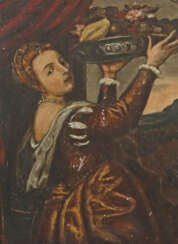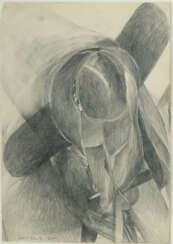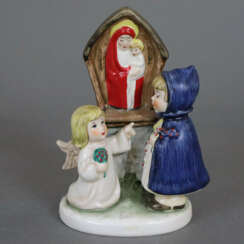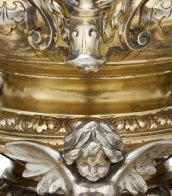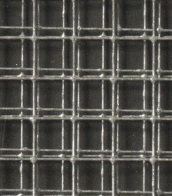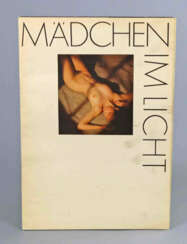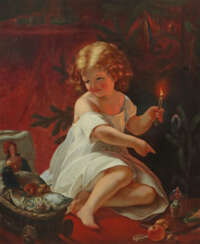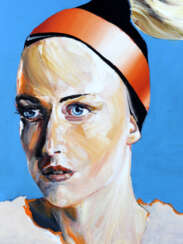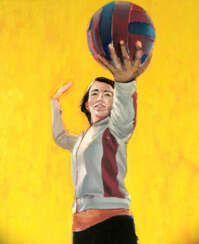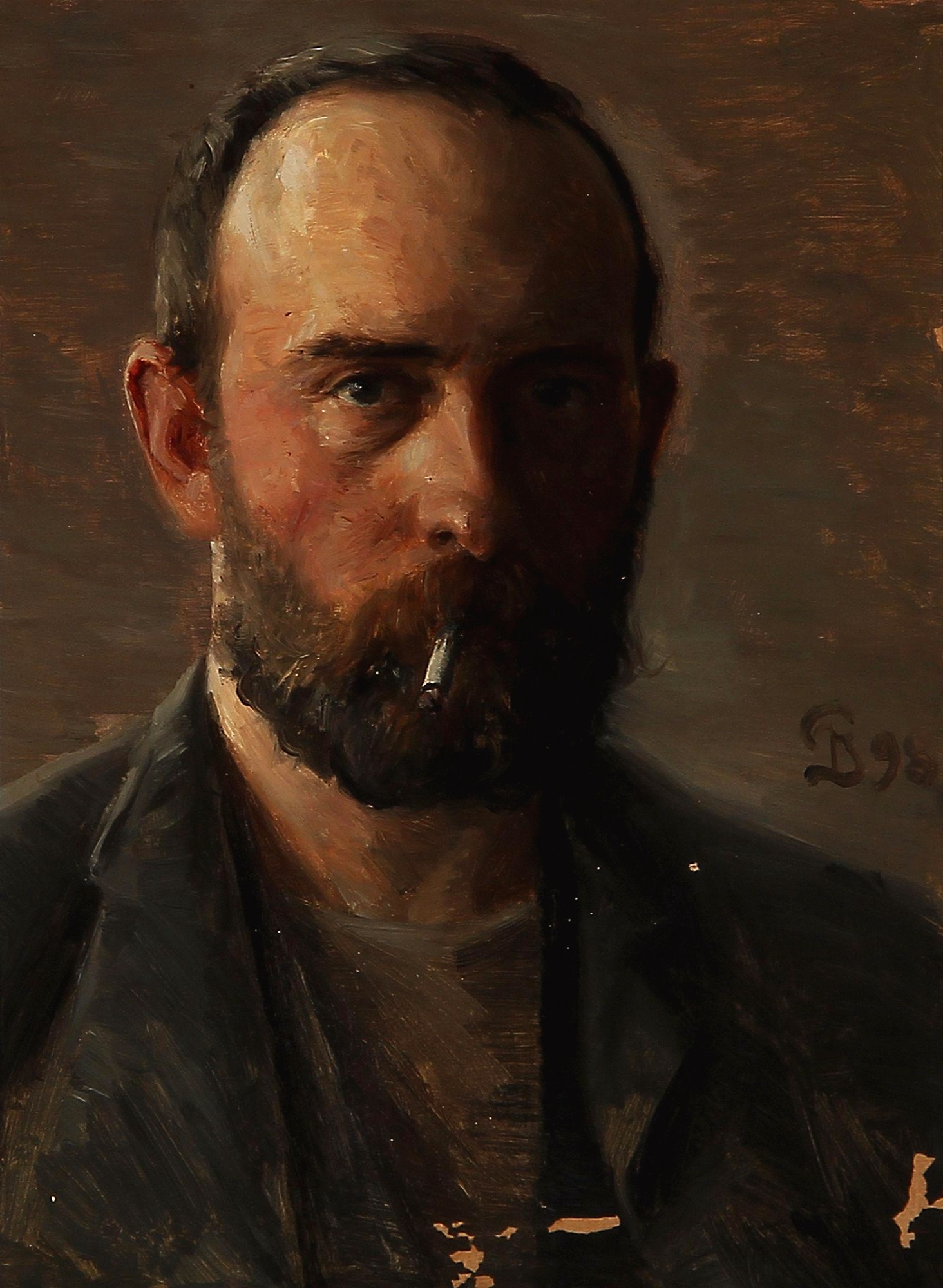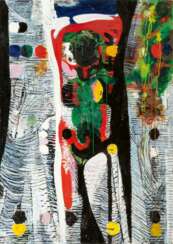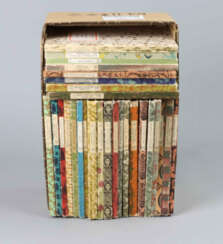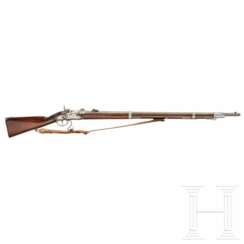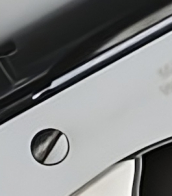234 Items by auctions and galleries:
mädchen
Lot 450 Otto Heinrich Engel (Erbach/Odenwald 1866 - Glücksburg 1949). Friesische Mädchen mit Fliederstrauß.
Otto Heinrich Engel (1866 - 1949) 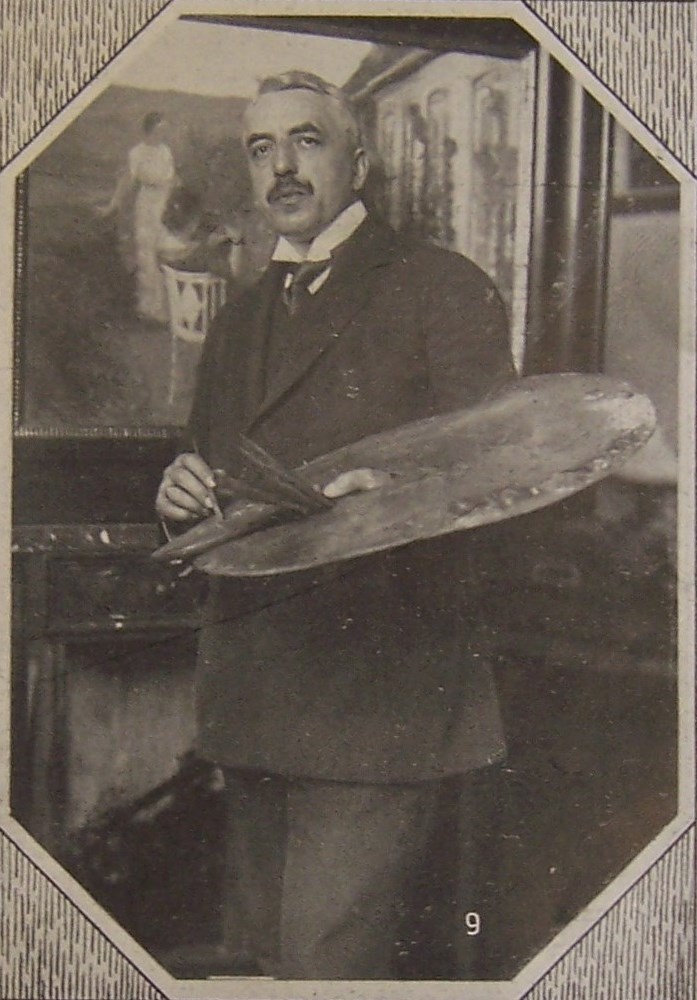 Kunst und Antiquitäten
Kunst und Antiquitäten 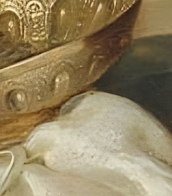

Otto Heinrich Engel
27.12.1866 - 30.01.1949
Germany
Otto Heinrich Engel was a German marine and portrait painter.

Auktionshaus Stahl
Kunst und Antiquitäten
Date: 29.11.2025 11:00 UTC +01:00
Number of lots in the catalog: 261
Lot 467 Karl Kluth (Halle/Saale 1898 - Hamburg 1972). Mädchen mit erhobenen Armen.
Karl Kluth (1898 - 1972) 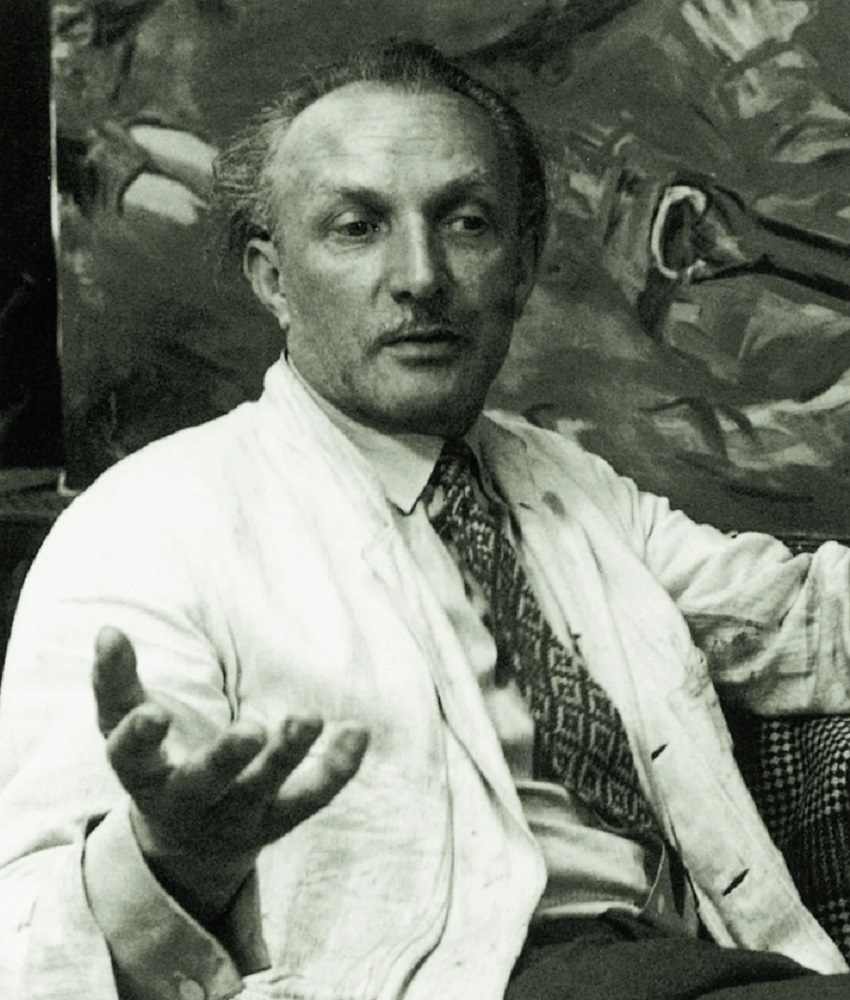 Kunst und Antiquitäten
Kunst und Antiquitäten 

Karl Kluth
12.01.1898 - 15.12.1972
Germany
Karl Kluth was a German painter. He was a member of the Hamburg Künstlerverein, the Hamburg Artists' Association and the Hamburg Secession.

Auktionshaus Stahl
Kunst und Antiquitäten
Date: 29.11.2025 11:00 UTC +01:00
Number of lots in the catalog: 261
Lot 593 Max Schegulla (Trachtenberg (Schlesien) 1918 - Mulsum bei Bremerhaven 2008). Hockendes Mädchen, Eva.
Max Schegulla (1918 - 2008) 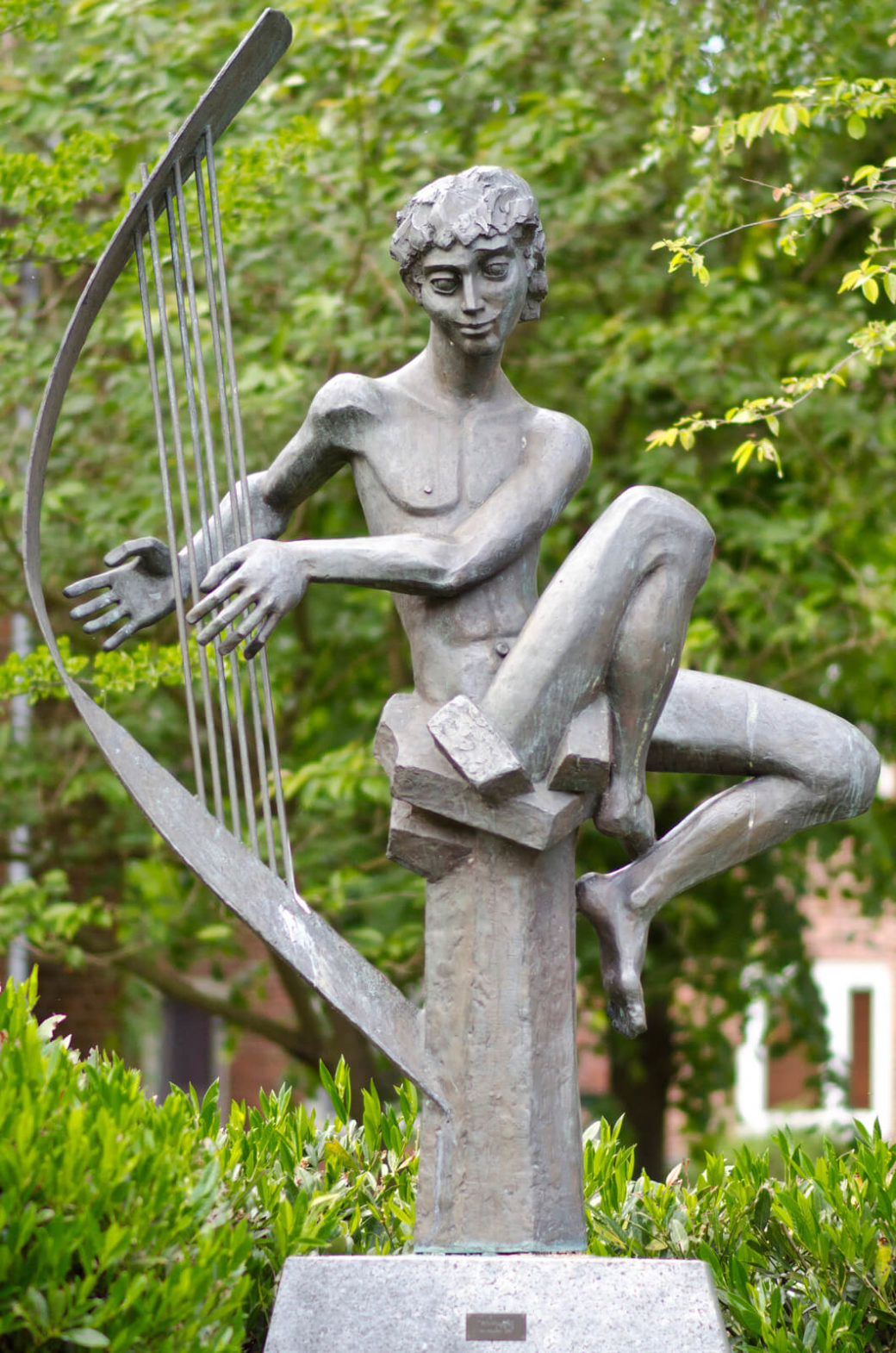 Kunst und Antiquitäten
Kunst und Antiquitäten 

Max Schegulla
10.01.1918 - 14.04.2008

Auktionshaus Stahl
Kunst und Antiquitäten
Date: 29.11.2025 11:00 UTC +01:00
Number of lots in the catalog: 261



